Integration with Edge Computing
The integration of embedded hypervisor-software with edge computing technologies is emerging as a critical driver in the market. As organizations increasingly deploy edge computing solutions to process data closer to the source, the need for efficient virtualization becomes paramount. This integration allows for better management of resources and improved latency, which is essential for applications requiring real-time processing. The US market is witnessing a growing trend where companies are leveraging embedded hypervisors to enhance their edge computing capabilities. This trend is expected to propel the embedded hypervisor-software market forward, as it aligns with the broader movement towards decentralized computing architectures. The potential for increased efficiency and reduced operational costs makes this integration particularly appealing to businesses.
Advancements in Embedded Systems
Technological advancements in embedded systems are significantly influencing the embedded hypervisor-software market. As embedded systems become more sophisticated, the demand for robust hypervisor solutions that can manage multiple operating systems concurrently is increasing. This trend is particularly evident in sectors such as telecommunications and consumer electronics, where the need for seamless integration and performance optimization is critical. The US market is projected to see a substantial increase in the adoption of advanced embedded systems, which could drive the embedded hypervisor-software market to new heights. With the rise of smart devices and connected systems, the ability to efficiently manage resources through hypervisors is becoming increasingly vital for manufacturers and developers.
Increased Focus on Cybersecurity
The heightened focus on cybersecurity is a significant driver for the embedded hypervisor-software market. As cyber threats become more sophisticated, organizations are prioritizing the implementation of security measures within their IT infrastructure. Embedded hypervisors offer enhanced security features, such as isolation of virtual machines, which can protect sensitive data from potential breaches. In the US, the cybersecurity market is expected to grow substantially, with businesses increasingly recognizing the importance of secure virtualization solutions. This trend suggests that the embedded hypervisor-software market will likely see increased adoption as organizations seek to bolster their cybersecurity posture. The integration of advanced security protocols within hypervisor technologies is becoming essential for maintaining trust and integrity in digital operations.
Regulatory Compliance and Standards
The embedded hypervisor-software market is also being shaped by the need for regulatory compliance and adherence to industry standards. As industries such as healthcare and automotive face stringent regulations regarding data security and system reliability, the demand for hypervisor solutions that can ensure compliance is growing. In the US, companies are investing in embedded hypervisor technologies to meet these regulatory requirements, which can enhance their market competitiveness. The ability to provide secure and compliant virtualization solutions is becoming a key differentiator for businesses operating in regulated environments. This trend is likely to drive further innovation and investment in the embedded hypervisor-software market, as organizations seek to align their operations with evolving regulatory landscapes.
Rising Demand for Virtualization Solutions
The embedded hypervisor-software market experiences a notable surge in demand for virtualization solutions across various sectors. This trend is primarily driven by the need for efficient resource utilization and improved system performance. Organizations are increasingly adopting virtualization to optimize hardware resources, which can lead to cost savings and enhanced operational efficiency. In the US, the market for virtualization software is projected to grow at a CAGR of approximately 10% over the next five years. This growth is indicative of a broader shift towards virtualization technologies, which are essential for modern computing environments. As businesses seek to streamline operations and reduce overhead costs, the embedded hypervisor-software market will benefit from this rising demand..


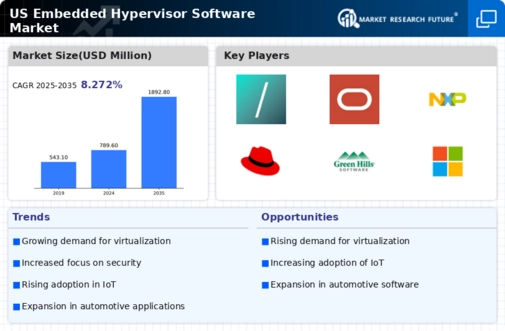
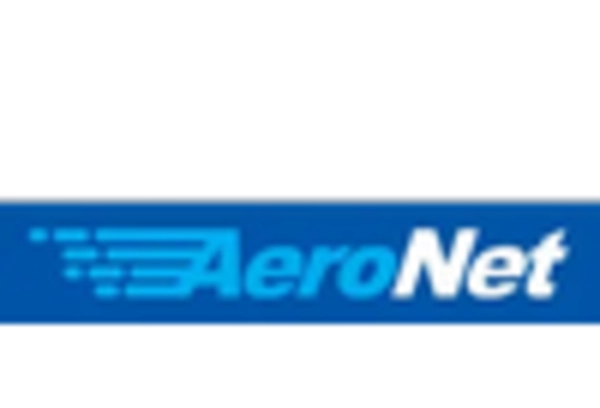
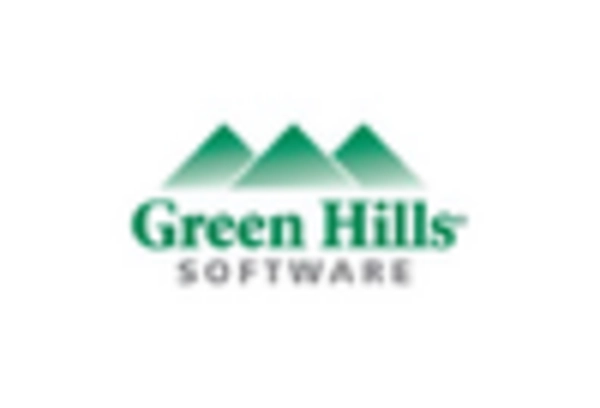
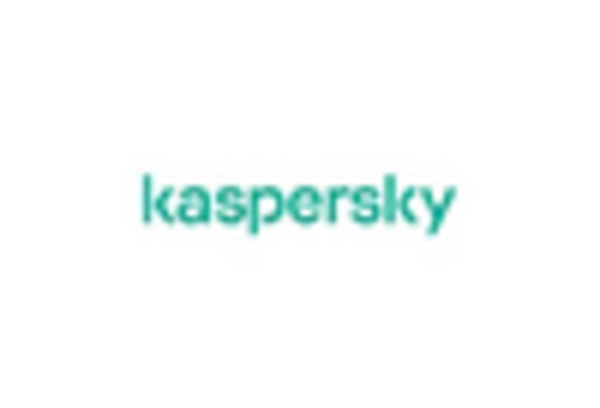
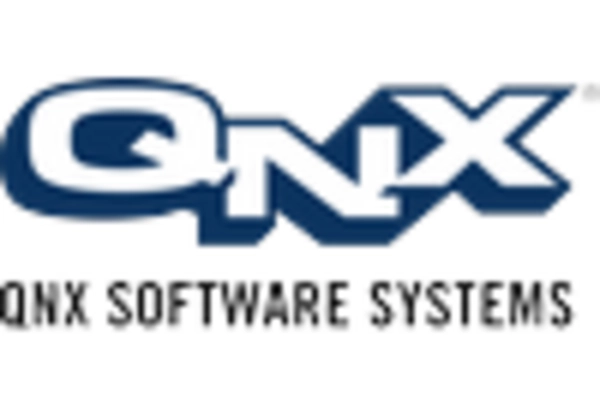










Leave a Comment